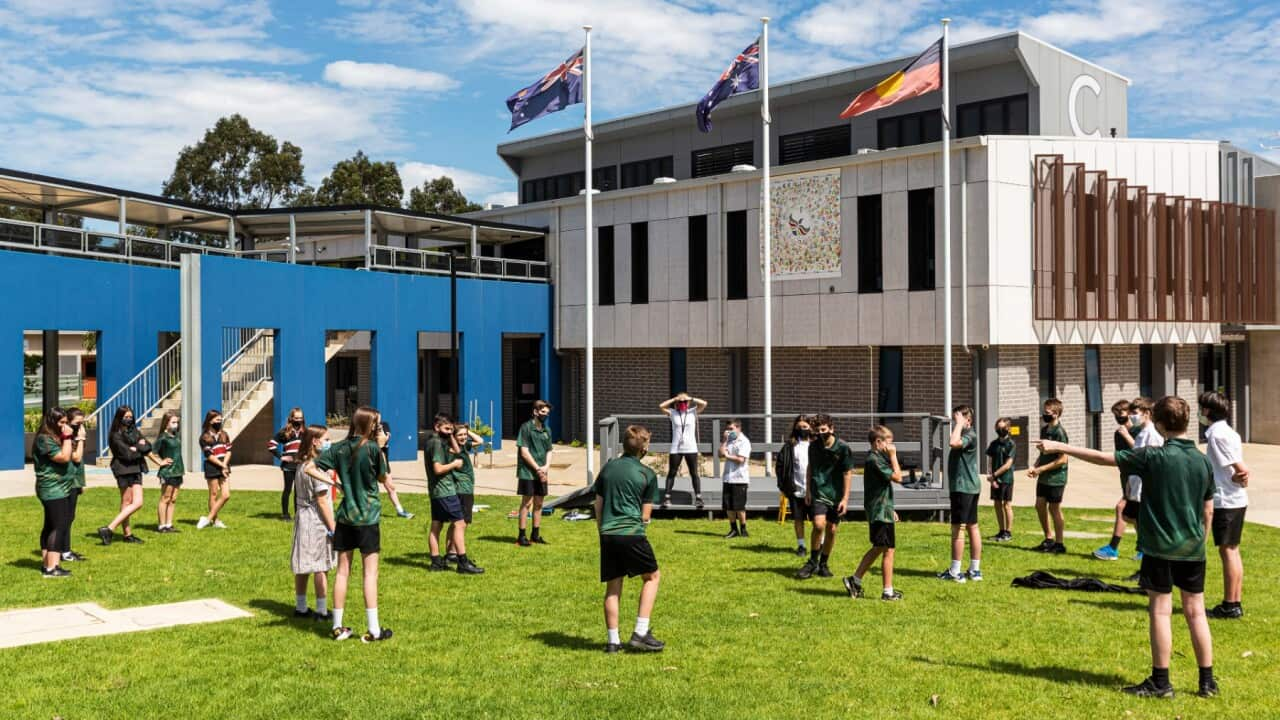Highlights
- Australian secondary schools generally fall into three sectors: government, Catholic and independent.
- The idea of ‘fit’ – or matching a school’s culture to your own values – really does matter when thinking about a school for the children
- Independent schools charge higher fees than Catholic schools, with costs varying between schools, while government schools will ask for voluntary contributions.
Listen to the audio
When it’s time to select an Australian secondary or high school, the choices can be overwhelming.
Derek McCormack, Director of Raising Children Network, understands why choosing a high school can be so stressful for families.
“The reason it can be stressful is because there are a number of things that they might want to consider. For example, how schools match their practical needs, how schools match their personal values and preferences, and how schools match their hopes around academic achievement for their child.”
Finding information that is presented in a digestible way can also be challenging, says Ross White, General Manager of Good Education.
“There is a huge amount of information that mums and dads can potentially find themselves wading through in order to distinguish one school from the next. And the challenge with that information is that it is really dense and really complicated. So when we’re talking about academic results or NAPLAN data, even enrolment numbers, that can be far more complex than the basic names suggest. And the other challenge with that information is it’s typically presented in different ways on different platforms.”
Good Education Group publishes the ‘Good Schools Guide’, a tool to help parents compare Australian schools.
Mr White identifies four key areas that parents are really thinking about when selecting a high school, based on their use of the Guide.



